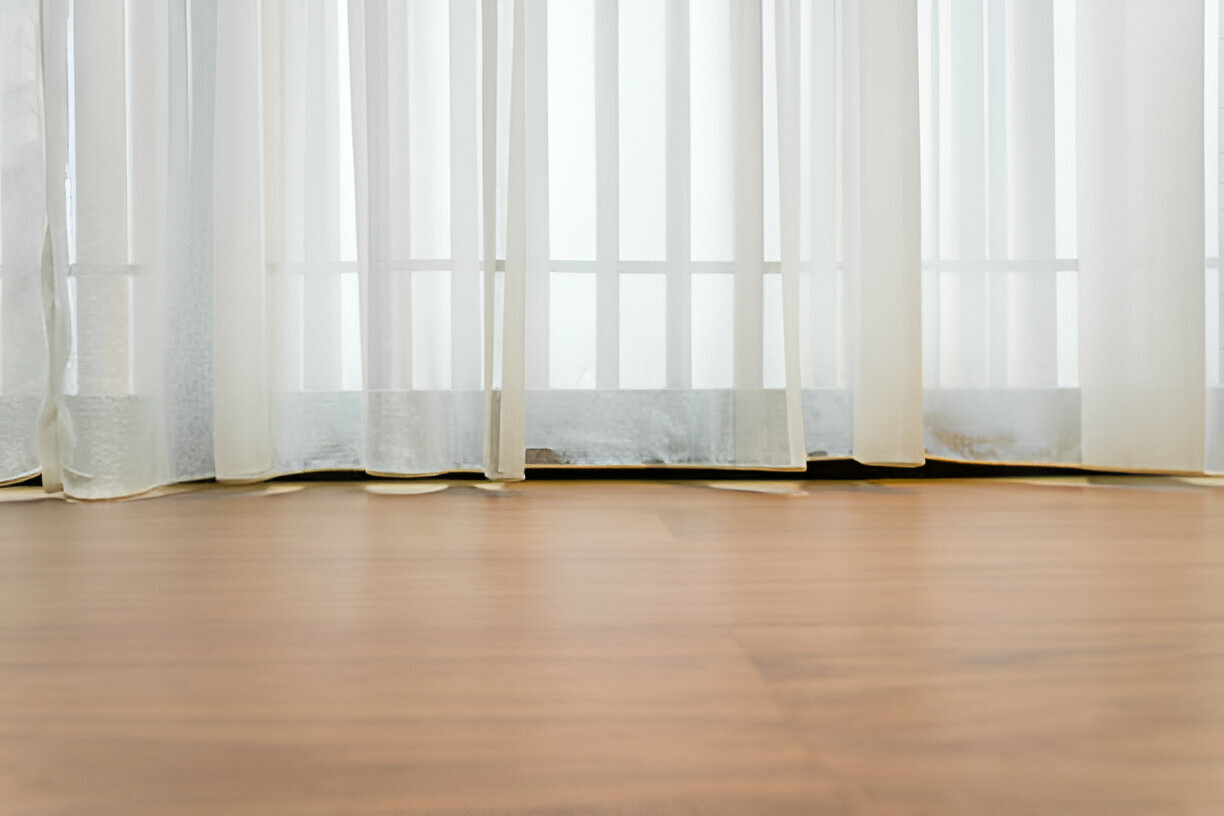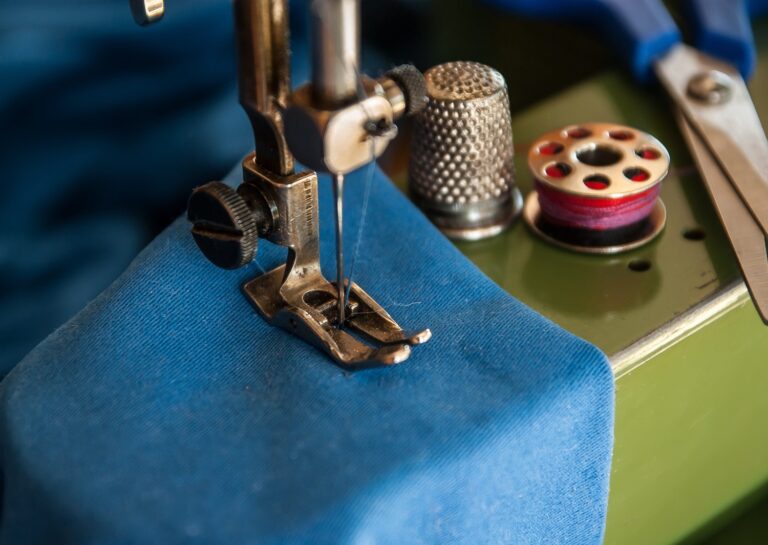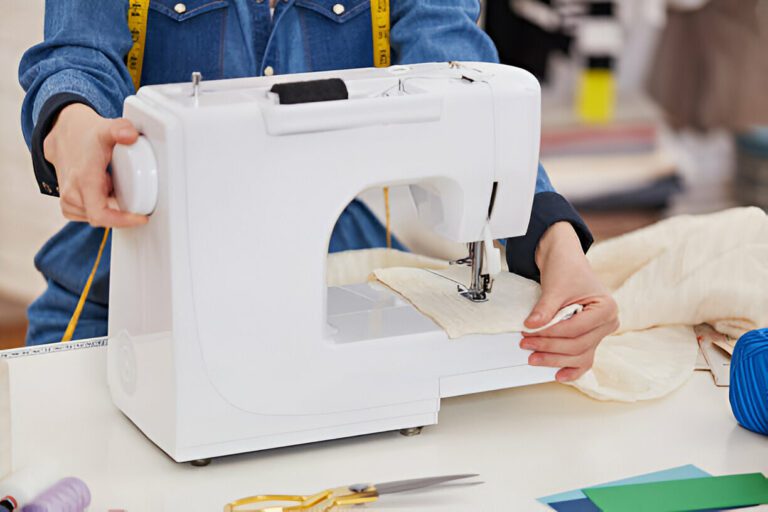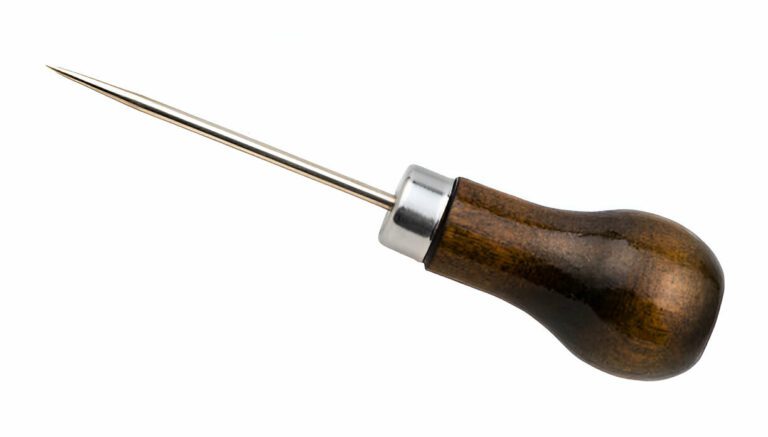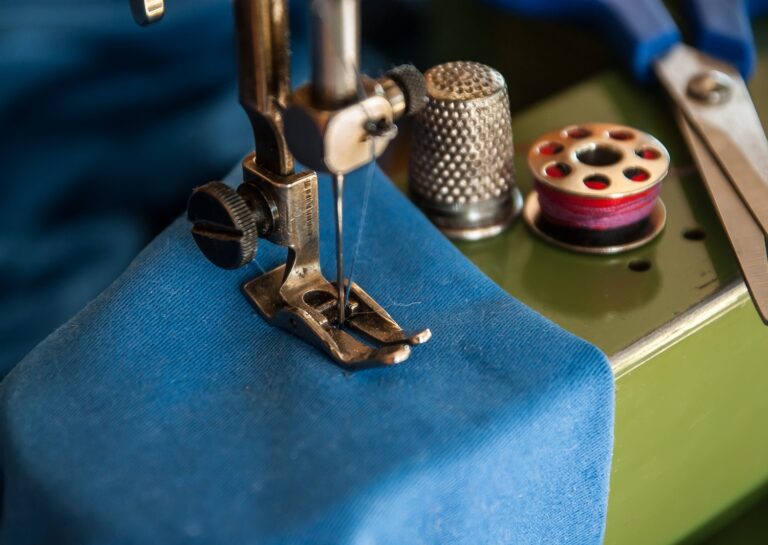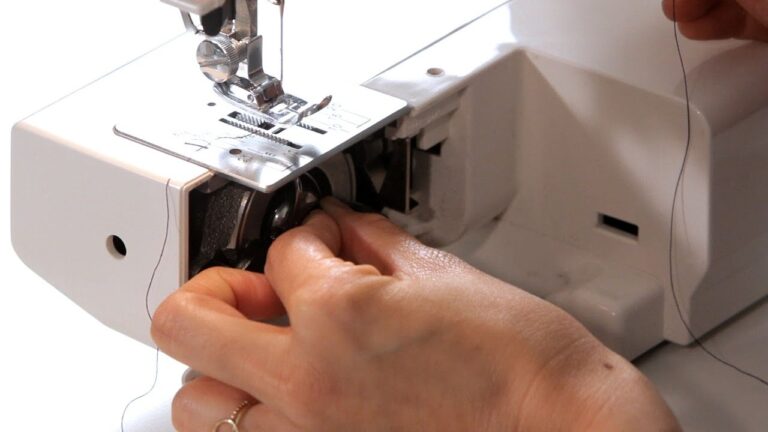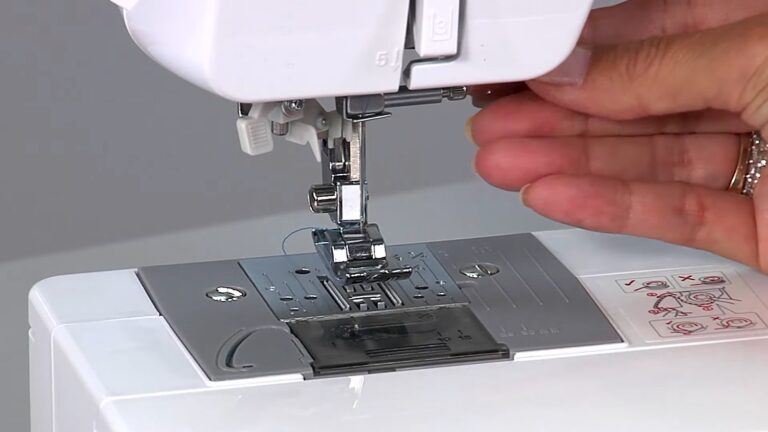How to Hem Curtains Without Sewing
Curtains are not only fabrics hanging by the windows but they can transform a room’s entire look and feel. How you hang them, their length, fabric, and even color can create an illusion of height, make a space feel cozier, or allow more natural light to come in.
For example, if you hang the curtains higher than the window frame, the ceiling may look taller. Similarly, wide curtains can make a narrow space appear wider. Even the choice of fabric such as sheer curtains lets in soft light whereas heavy drapes add warmth and privacy.
Hemming curtains is the best way to adjust the length for a more precise look. Whether they are too long falling on the floor or uneven at the bottom, hemming helps to create a neat finish.
If you have a sewing machine, the process is straightforward, but even without it, you can hem curtains using alternative methods like fabric tape, hemming glue, or even hand stitching.
Let us deep dive into the process one by one:
Using Fabric Tape
This is one of the easiest ways to hem curtains without any stitching. It is also known as iron-on hem tape. It’s a double-sided adhesive strip that bonds fabric layers together when heat is applied. This is the best method for beginners or those who do not have access to a sewing machine but still looking for a neat and durable hem.
To begin with the process you need to measure your curtains and determine the desired length. It’s always a good idea to hang the curtain and mark the exact spot, where you want your hem to fall. Once you have marked the length, fold the excess fabric toward the back, creating a clean, straight edge. Use iron to press the fold, to create a sharp crease that will keep your hem straight and even.
Cut the fabric tape strip that matches the width of your curtain panel. Place the tape inside the folded fabric and position it evenly between the two layers. Ensure the tape does not extend beyond the fold, as the exposed adhesive could stick to the iron or the ironing board.
Set your iron to medium or high heat settings without steam and slowly press it over the folded hem. Apply gentle pressure and hold the iron in place for 5 to 10 seconds, allowing the heat to melt the adhesive and bond the layers together. Repeat this process along the entire hemline, enabling all areas to be secured and sealed.
Let the curtain cool for a few minutes before testing the bond. Gently stretch the hem to confirm whether the holds are firm. If any part remains loose, simply reapply heat with the iron.
Remember—Fabric tape works well on light to medium-weight fabric. However some types of fabrics may not withstand frequent washing, so always check the product instructions before laundering your curtains.
Double Fold Hem
It is a strong and professional-looking method for hemming heavy curtains, providing extra strength and a clean finish. This technique involves folding the fabric twice to enclose the raw edges. It prevents fraying and adds weight to the hem for a polished drape.
Spread the curtain on a flat surface and measure the length you want to remove. Use fabric chalk or pins to mark the desired hemline and add an extra 4 to 6 inches to your measurement for a double fold.
Note – This extra fabric allows you to create two folds, one small fold to hide the raw edge and a second larger fold to form the hem.
Fold the bottom edge of the curtain up to 1 to 2 inches and press it with the iron to create a sharp crease. Next, fold the fabric again by 3 to 4 inches depending on how deep you want to hem. Apply adhesives like fabric tape, fusible webbing, or glue inside the second fold and press firmly to seal the layers together.
A fusible webbing is a sticky bonding that sticks two fabrics together. It comes in many different brands, each being slightly different. For example, most fusible webbing has a paper on one side, some have a paper on both sides and others have no paper at all.
Double fold hem is useful for velvet, or lined curtains, as it adds weight and helps the fabric to hang smoothly.
Which hemming method you should choose:
Choosing the right hemming method depends on several factors, including the type of fabric, curtain weight, sewing skills, and whether you prefer a temporary or permanent solution. Here are a few suggestions:
Fabric type and curtain weight
Lightweight curtains like sheer, cotton, or linen, iron-on fabric tape, or a rolled hem would be ideal.
For medium-weight curtains like polyester, lightweight velvet, or unlined cotton. A single hem with stitching works well. If you don’t want to sew, the fabric glue is another good option.
For heavy curtains like lined drapes, thick velvet, or wool blends. A double-fold hem is the best choice.
No-sewing vs. sewing preference
If you don’t sew or need a quick fix, iron on the hem tape, fusible webbing, or fabric glue are easy no-sew alternatives that offer a clean look.
For permanent hems, stitching is the best option as it withstands regular washing and long-term use.
Appearance and style
If you prefer a decorative touch, such as a visible contrast stitch or embellished hem, a hand-sewn slip stitch or, a ruffled hem can add a stylish effect.
If you want invisible hems, use a blind hem stitch for sewing, or fabric tape for no-sew.
By selecting the right hemming method, you can ensure that your curtains look stylish, function well, and last for years.
You can also go for DIY techniques:
Safety pins or clips for temporary fixes for last-minute adjustments.
Peel and stick hem tape, no heat is required. It’s good as temporary but can last long if not washed frequently.
Using curtain weights, coins or small beads helps curtains to hang evenly without sewing or gluing.
CONCLUSION
Hemming curtains without sewing is simple with options like iron-on hem tape, fabric glue, or peel-and-stick tape. For temporary fixes, safety pins or curtain weights work well. Choose a method based on your fabric type and durability.

